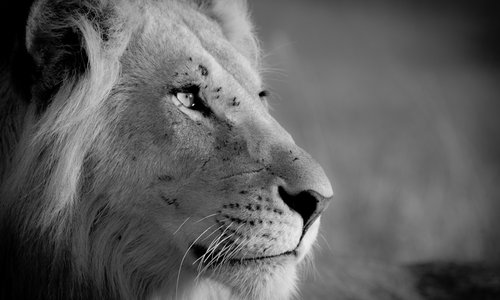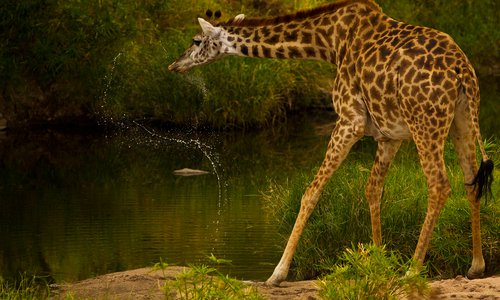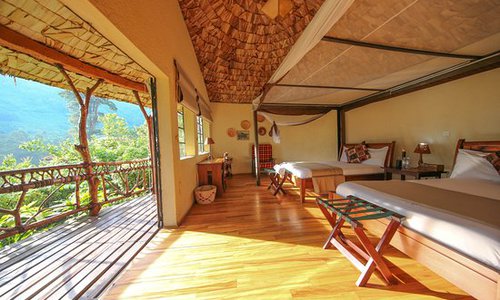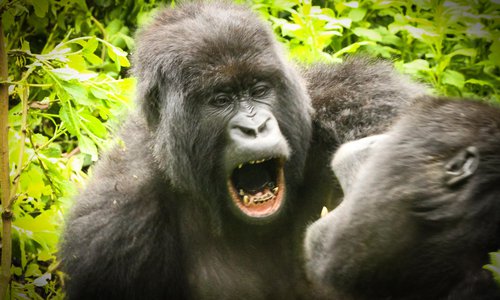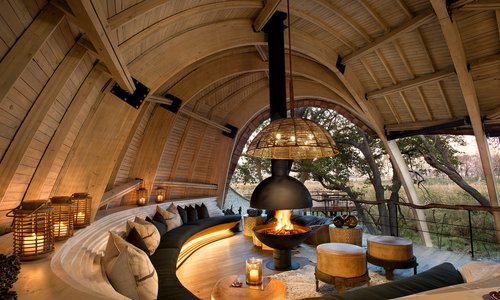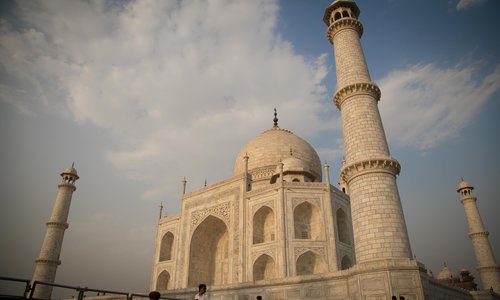
Nairobi National Park
Established in 1946, it is Kenya’s first National Park. The 117-sq-km park lies within sight of Nairobi’s suburbs and animals can sometimes be seen stalking through the high grass against the backdrop of city skyscrapers. It is home to over 80 game and 400 bird species.
Learn more
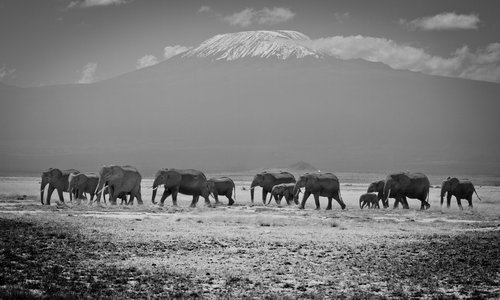
Amboseli National Park
Amboseli was originally established as a game reserve in 1968. The reserve covered 1769-sq-km and although the wildlife was fully protected, the Maasai continued to live and graze their livestock within the parks boundaries. After years of negotiating with the Maasai, the park, as we know it today, comprising 392-sq-km, was finally created in 1974.
Learn more
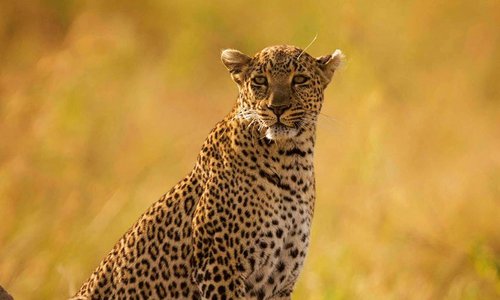
Tsavo West National Park
This great park, famous for its elephants, was created in 1947 by two young men, the late David Sheldrick and Bill Woodley. It sprawls over an impressive 7000-sq-km and is located about 200 kilometres south east of Nairobi.
Learn more

Tsavo East National Park
This great park, famous for its
elephants, was created in 1947 by two young men, the late David
Sheldrick and Bill Woodley. Tsavo East National Park stands out as the
largest of Kenya’s national parks, covering over 13000-sq-km of
semi-arid scrubland.
Learn more

Maasai Mara National Reserve
The Maasai Mara National reserve is
probably one of the most important and celebrated wildlife reserves in
Africa. The name Mara originates from the Maa language, which when
translated means “spotted plains”, due to its rocky hills, acacia
woodlands and riparian forests, when viewed from the air. At 1510-sq-km,
the reserve is home to over 90 species of mammals and 450 birds.
Learn more

Lake Naivasha
A popular first stop out of Nairobi,
this shallow fresh water lake has a beautiful rift valley setting, with
the distinctive volcanic outline of mount Longonot rising to the south.
Lake Naivasha is said to be the highest lake in terms of altitude in the
Great Rift Valley. At over 130-sq-km, the lake has encountered several
fluctuations in water levels over the last few years.
Learn more
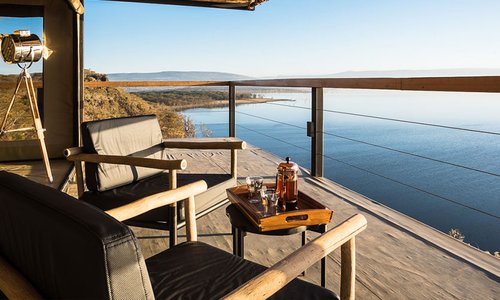
Lake Nakuru National Park
Lake Nakuru was gazetted as a national park in 1968 and although small in size, it is rich in bio diversity. The landscape includes areas of marsh and grasslands, alternating with rocky cliffs and outcrops and stretches of acacia woodland and rocky hillsides covered with euphorbia forests (the largest of its kind in the world). The shallow, strongly alkaline lake is world famous as the location of the greatest bird spectacle on earth.
Learn more

Lake Bogoria National Reserve
This 107-sq-km national reserve protects Lake Bogoria, which lies in a basin at the base of the cliffs of the Eastern Laikipia escarpment. It is world famous for its hot springs spread across three main sites. The water is highly saline and alkaline and is rich in the spirulina algae, fed upon by the lesser flamingos, sometimes which even outnumber Lake Nakuru when conditions are suitable.
Learn more

Lake Baringo
Lake Baringo is situated not far from
Lake Bogoria. It is a fresh water lake and supports a healthy population
of hippos and huge crocodiles which feed on the abundant fish found
there mainly tilapia. It also supports a large variety of birds (over
500 species recorded) including the African fish eagle, Hemprich’s and
Jackson’s hornbill, white-crested turaco, bristle-crowned starling and
the red and yellow barbets.
Learn more
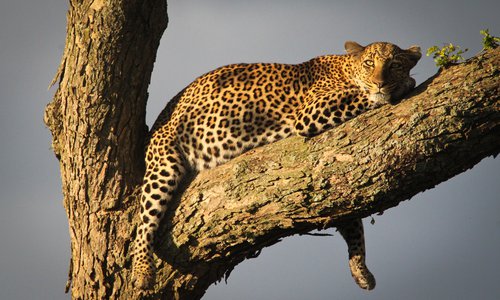
Samburu/Buffalo Springs/Shaba National Reserves
The Samburu-Buffalo Springs-Shaba
Complexes of Reserves lie 325km from Nairobi. It is the most regularly
visited place in hot, arid and vast regions of Northern Kenya offering
exceptional wildlife viewing. The combined area is over 450-sq-km of
savannah dominated acacia scrub set against a skyline of rugged hills
and dramatic rocky outcrops.
Learn more
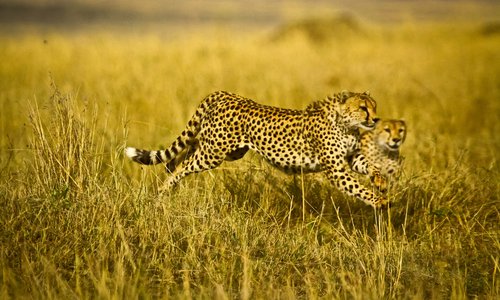
Lewa Wildlife Conservancy
The Lewa Wildlife Conservancy (also
known as Lewa Downs) is located in northern Kenya. It was formed in
1995. It is a wildlife sanctuary incorporating the Ngare Ndare Forest
and covering over 62,000 acres (250 km2). The Conservancy is
home to a wide variety of wildlife including the rare and endangered
black rhino, Grevy's zebra and sitatunga.
Learn more
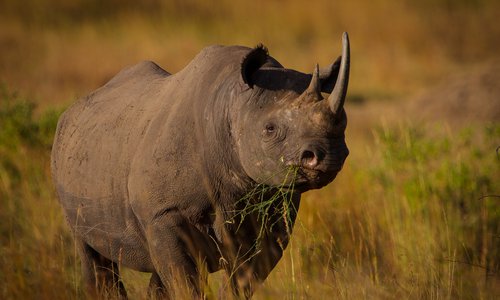
Ol Pejeta Conservancy/Laikipia
The Ol Pejeta Conservancy is a
90,000-acre (360 km2) not-for-profit wildlife conservancy in the
Laikipia district of central Kenya. It is situated on the equator west
of Nanyuki, between the foothills of the Aberdares and Mount Kenya.
Learn more














